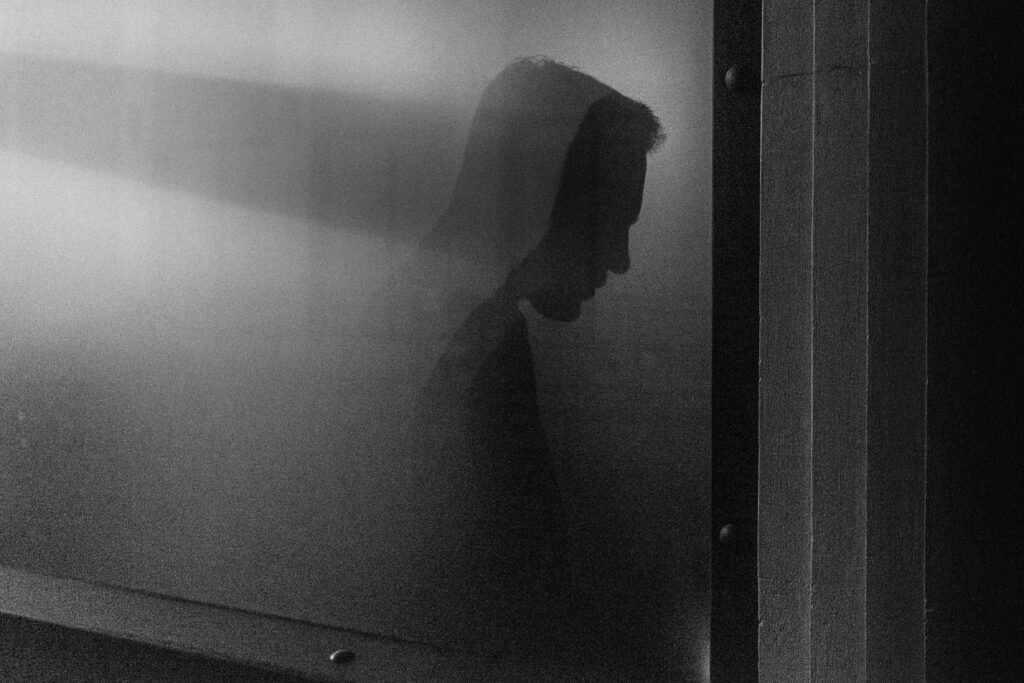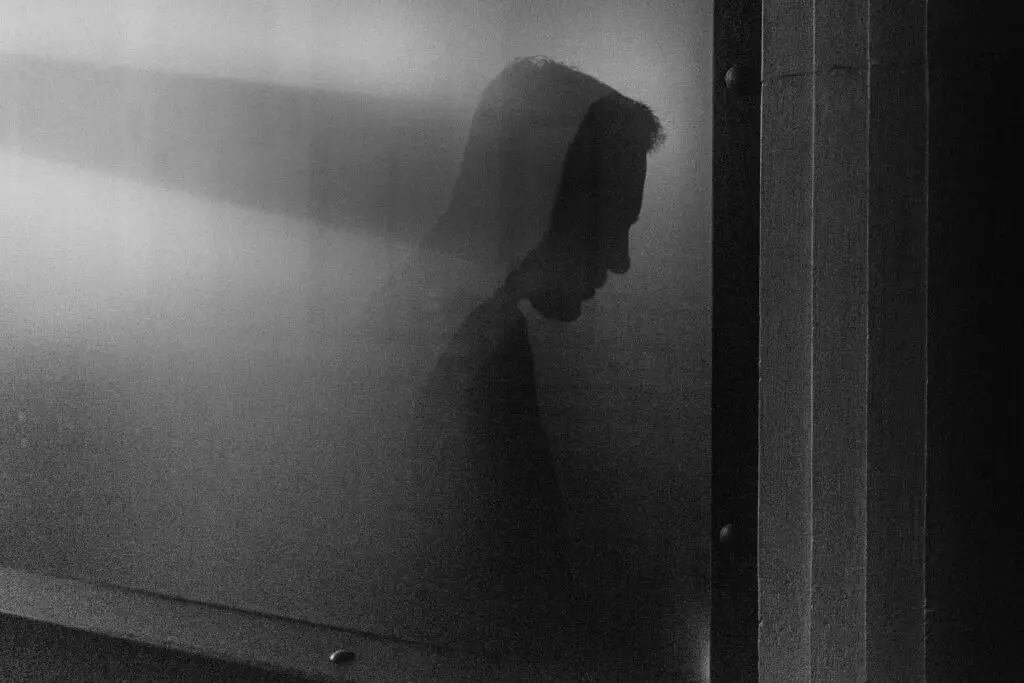There’s a part of you you don’t see.
It doesn’t show up in your selfies or your CV. It doesn’t introduce itself in conversations. But it is there—in your reactions, in your judgments, in the weight you carry after conflict or regret.
This is the shadow—a term made popular by Carl Jung to describe the hidden aspects of our personality. Shadow work is the practice of turning toward it, instead of away from it.
It’s not a quick fix or a spiritual trend. It’s a lifelong dialogue with the parts of you that live in darkness—not because they are evil, but because they were never allowed into the light.

Understanding the Shadow
The shadow contains all the parts of ourselves we’ve rejected, denied, or disowned—often from early life. These might include:
- Anger or aggression
- Jealousy or envy
- Shame or inadequacy
- Sexual impulses
- Deep desires or creativity
- Emotional sensitivity
These traits may have been scolded, punished, or simply unacknowledged. Over time, we pushed them out of awareness to “fit in,” “be good,” or “stay safe.”
But the shadow doesn’t disappear. It simply goes underground—and speaks through dreams, projections, emotional triggers, relationship patterns, and sometimes even our physical body.
How the Shadow Reveals Itself
If you want to meet your shadow, start with your reactions.
- That person you can’t stand—what do they mirror back to you?
- The criticism that stings too deeply—what belief does it touch?
- The patterns that keep repeating—what unmet need drives them?
Let’s say you pride yourself on being calm and composed. You might judge someone who’s loud, opinionated, or expressive. But perhaps what you’re really reacting to is a buried longing to speak freely, without fear.
Shadow traits are often qualities we’ve exiled, not because they’re wrong, but because they didn’t feel safe to express.
A Real-Life Echo: The Quiet Resentment
Ravi is a kind man. Everyone says so. He’s helpful, polite, respectful. But underneath, he carries resentment.
He says yes when he means no. He avoids conflict, but feels drained. He never raises his voice, but simmers with frustration inside.
Why? Because growing up, anger was seen as “bad.” His father dismissed it, his mother feared it. So Ravi became a good boy—but in doing so, his anger went into the shadow.
Now, as an adult, he feels invisible. And the very quality that could help him set boundaries—assertiveness—is the one he’s most afraid to own.
This is how the shadow costs us. Not in dramatic ways, but in quiet compromises of truth.
What Shadow Work Is—and Isn’t
Let’s clear a few myths:
- Shadow work is not about fixing yourself. You are not broken.
- It’s not about dwelling in negativity.
- It doesn’t mean unleashing your rage at others.
- It’s not a one-time ritual, journal prompt, or workshop.
Shadow work is the practice of becoming whole.
It means including, not excluding, the parts of you that you were taught to shame. It is the honest, sometimes uncomfortable journey of saying:
“This, too, is me.”
Why Do Shadow Work?
If the shadow is hidden, why bother uncovering it?
Because what we suppress doesn’t disappear—it leaks.
- We project our disowned traits onto others and blame them.
- We sabotage relationships because our fears run the show.
- We feel blocked in creativity, expression, or intimacy.
- We stay stuck in patterns we don’t understand.
When we do shadow work:
- We become less reactive and more aware.
- Our emotional bandwidth expands.
- We reclaim lost energy, gifts, and authenticity.
- We break cycles that have bound us for generations.
Starting Points: How to Begin Shadow Work
Shadow work doesn’t require a therapist or special setting to begin. It requires sincerity, time, and a willingness to look inward.
Here are a few practices to start:
1. Notice What You Judge
Judgment is often projection. When someone bothers you, ask:
- What am I reacting to?
- Have I ever felt or acted like this?
- What part of me am I denying here?
This doesn’t mean excusing bad behavior. It means exploring why this behavior stirs this depth of feeling in you.
2. Befriend Your Triggers
The next time you feel strongly triggered—angry, ashamed, jealous—pause. Sit with the emotion. Let it speak.
Ask yourself:
- What story does this feeling carry?
- When was the first time I remember feeling this way?
- What did I need that I didn’t get?
Your shadow often carries unmet needs. By meeting the emotion instead of repressing it, you begin to parent the younger self within.
3. Write to Your Shadow
Journaling is a powerful gateway.
Try this:
- Write a letter from your shadow. Let it speak freely—raw, unfiltered.
- Then, write a reply from your conscious self. What would you say to this part of you if it were a child?
This creates space for dialogue, not domination.
4. Reflect on Your Persona
Your “persona” is the mask you wear in public. The image you protect.
Ask yourself:
- What do I need others to think of me?
- What parts of me do I never allow out?
- What would I fear people discovering about me?
The parts you hide to preserve your image are often what the shadow is made of.
5. Watch Your Language
Phrases like:
- “I could never do that.”
- “People like that are disgusting.”
- “I’m just not the type who…”
These are shadow clues. Every time we declare something alien to us, we often push an uncomfortable truth further down.
What Makes Shadow Work Challenging?
Shadow work can feel like peeling an onion: layer after layer, each bringing tears and clarity. It demands that you face discomfort, shame, and parts of yourself you wish weren’t true.
It can also awaken grief—for the time you spent hiding, for the childhood wounds you minimized, for the relationships affected by unconscious pain.
That’s why gentleness is essential. Shadow work is not self-punishment. It is self-reclamation.
The Gifts Within the Shadow
Here’s the beautiful paradox: the shadow doesn’t just hold your pain. It holds your power.
Within your anger is the capacity to assert.
Within your envy is a longing for growth.
Within your shame is a yearning for authenticity.
Within your sadness is deep sensitivity, perhaps even wisdom.
When integrated, these parts become fuel—not baggage. They make you more human, more creative, more capable of connection and compassion.
Integration: Becoming Whole
The goal of shadow work is integration—not perfection.
It’s not about becoming a new person. It’s about becoming more fully who you already are.
It’s when you can say:
- I have darkness, and I’m not afraid of it.
- I’ve made mistakes, but they don’t define me.
- There are parts of me I once abandoned—but I’m ready to bring them home.
This is what true healing looks like. Not spotless purity, but humble honesty. Not having it all together, but holding it all with grace.
Final Thoughts: Light Needs the Dark
We live in a world obsessed with positivity—think happy thoughts, smile more, manifest your desires. And yet, the deeper work lies not just in reaching for the light, but in making peace with the dark.
Shadow work invites you to explore the full spectrum of your humanity. Not because darkness is better—but because ignoring it leaves you fragmented.
You don’t need to fight your shadow. You need to listen to it.
Because the more you turn toward what’s hidden, the less it controls you from the dark. And what once felt like a monster becomes—eventually—a messenger.
A quiet voice within, whispering:
“Even this is part of you. And all of you is worthy of love.”

